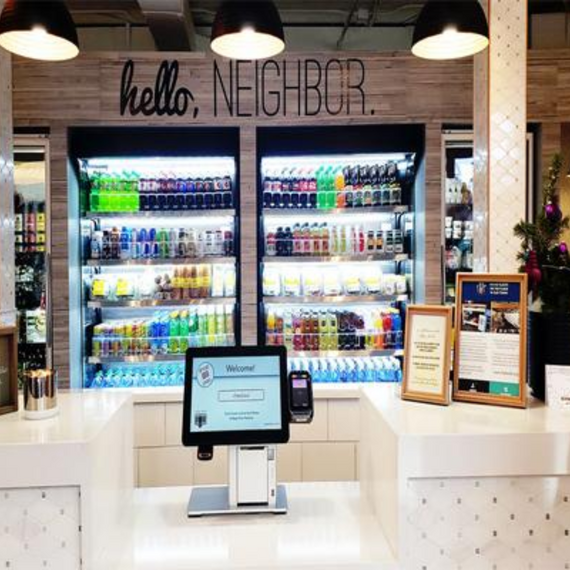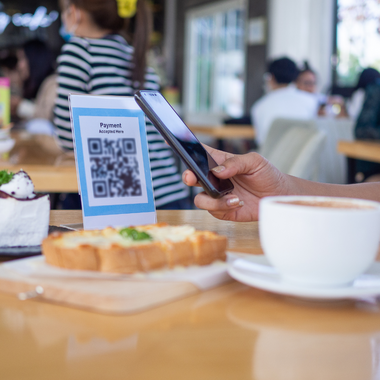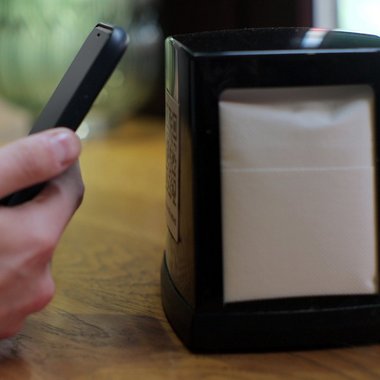
- Four minutes read
Credit solutions and the frictionless checkout
Can retailers offer installment payments and a better customer experience?
In previous articles, we have discussed how the growth of pay later solutions is having a significant impact on consumer habits, and merchant checkouts. Through paying by an installment plan or via an invoice, consumers have efficient access to credit, meaning they can manage their finances effectively without having to compromise the instant gratification of making immediate purchases.
These ‘best of both worlds’ benefits are driving the increase in consumer adoption, so much so that pay later solutions are a genuine payment preference in some regions. For example, according to our 2018 consumer research, paying by invoice is significantly more popular than making online purchases with a debit card in Germany and Austria.
For high street retailers, offering the ability to pay later at the checkout also makes a lot of sense for similar reasons. This payment method not only benefits the merchant as a differentiator in the market, it also increases the spending power of an increased market share.
The demand for frictionless checkouts
However, we also know that in-store retail generally is struggling to compete with online shopping. Spending on the high street is declining; partly because goods are generally cheaper online, but also because retailers are increasingly under pressure to offer a similar or a better consumer experience that their customers are accustomed to from eCommerce. At the checkout that means more payment options, and that the experience of making a payment is quick and pain free.
The response from retailers to this new consumer demand has been the introduction and growth of Amazon Go-style checkout-free shopping; merchants believe that by removing more friction from the payment process customers will abandon transactions less, and also enjoy the shopping process more which will result in more sales. When asked last year for our Lost in Transaction: The future of payments for SMBs research report, 72% of in-store small and medium-sized businesses told us that they are looking for efficiencies in the way that they complete transactions, and 62% believe that frictionless transactions will speed up payments, resulting in more satisfied customers.
In our soon-to-be-published research report Lost in Transaction: Gen Z expectations at the checkout, two thirds (67%) of 16-24-year-olds told us that automated payments will mean less time at the checkout and that this would make shopping more enjoyable.
So where does that leave offering pay later solutions in-store?
Clearly, for the installation of pay later solutions to be successful on the high street, satisfying this demand for less friction at the checkout needs to be a priority.
Despite, the adoption amongst consumers of mobile technology, too often setting up a pay later installment plan in-store involves the rigmarole of filling out paper forms and waiting for credit checks to be completed before even beginning to conclude a transaction, resulting in a cumbersome and time consuming experience.
Filling out forms at the checkout while being supervised by a cashier also generates privacy concerns; conducting a credit check in the open arena of a store is the opposite of a private eCommerce experience and puts both the cashier and consumer in potentially awkward positions in cases of a decline.
If they are serious about offering pay later at the checkout, businesses need to offer a credit solution with a best-in-class user experience to draw interest and avoid abandoned transactions. Features that this best-in-class pay later solution must contain include:
- Customer controlled applications Buyers must be able to enter their own personal data themselves rather than sharing this sensitive information with shop staff. This not only avoids potential privacy concerns, or the anxiety some shoppers may have about making conducting a credit check in public, it also allows the retailer to redirect resources to focus on providing better customer service.
- Digital credit checks in real time A comprehensive credit check will always be an essential step in applying for a pay later payment plan, but this process must be as smooth as possible to be tolerated by consumers. This is best achieved by filling out digitals forms that can be submitted for an instant credit check instead of excessive paperwork that can often take hours, rather than minutes to process.
- Plan flexibility Consumers must be able to choose their own repayment terms from several options, rather than being offered a single repayment plan based on their application.
Introducing Paysafe Pay Later In-Store
Last week Paysafe launched its Pay Later In-Store solution, which makes application and acceptance of an installment payment plan faster and simpler at the point of sale.
Customers complete their own application for an installment payment on their smartphone, which only takes a few minutes and avoids having to share sensitive data with a merchant.
Merchants can seamlessly integrate Paysafe Pay Later In-Store into their sales and payment processes, and are fully indemnified against all credit created.




